Tungsten Sintered Sputtering Target Preparation
- Details
- Category: Tungsten Information
- Published on Sunday, 08 September 2019 00:00
- Written by meiwei
- Hits: 1311
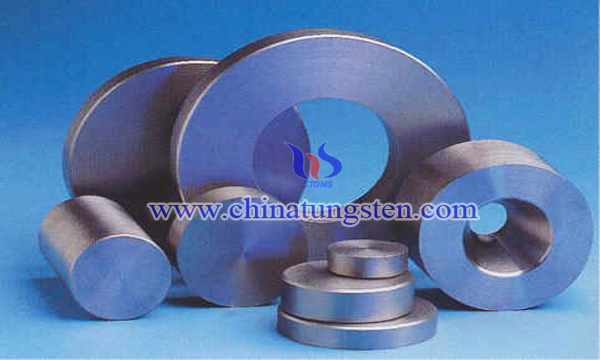
In recent years, with the high integration of super LSI, the use of materials with lower resistance as electrode materials or wiring materials has been studied. In such materials, high purity tungsten with low resistance, thermal and chemical stability is used as electrode materials or wiring materials.
Microwave Hydrothermal Synthesis of Rod-shaped Manganese Tungstate Microcrystal
- Details
- Category: Tungsten Information
- Published on Saturday, 07 September 2019 23:51
- Written by meiwei
- Hits: 1361
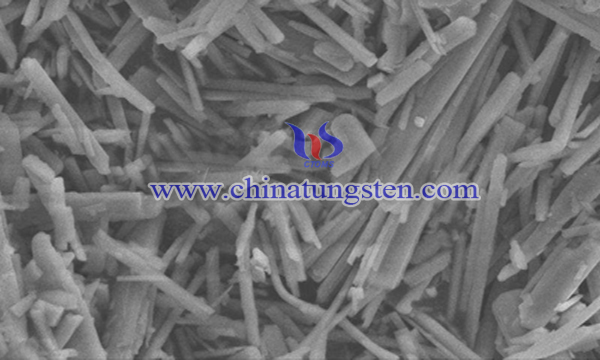
Manganese tungstate (MnWO4) crystal has tungsten-manganese iron structure and belongs to the direct bandgap semiconductor material. Because of its special optical, electrical and magnetic properties, it has been widely used in the fields of photoluminescence, optical fibers, scintillators, humidity sensors, magnetic materials and ferroelectric materials.
Read more: Microwave Hydrothermal Synthesis of Rod-shaped Manganese Tungstate Microcrystal
Nano Tungsten Carbide Coating on Die Surface
- Details
- Category: Tungsten Information
- Published on Saturday, 07 September 2019 22:31
- Written by meiwei
- Hits: 1330
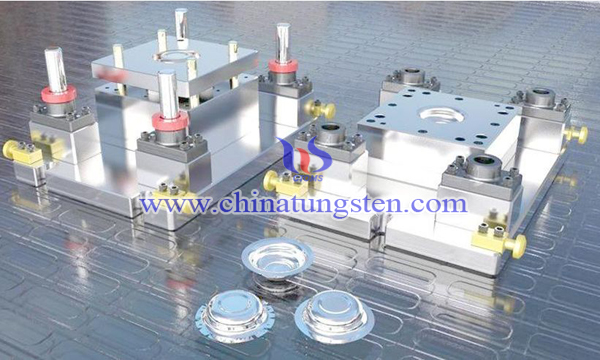
With the rapid development of material surface modification technology, thermal spraying, plasma spraying and other technologies are more and more widely used in the die. After the traditional die is used for a long time, the surface of the die will be damaged, cracks and other problems, maintenance troubles, and need to replace the new die.
Polyphenylene Sulfide-Tungsten High Energy Ray Shield Composites
- Details
- Category: Tungsten Information
- Published on Saturday, 07 September 2019 23:13
- Written by meiwei
- Hits: 1262
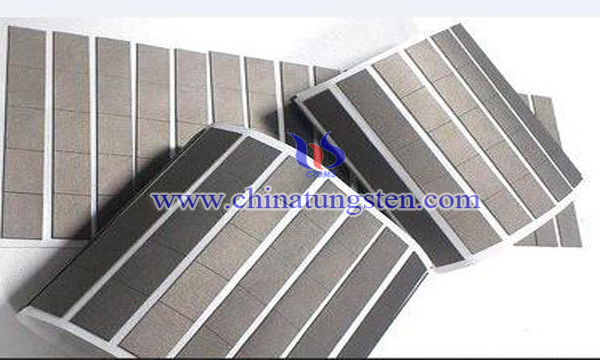
In recent years, lead-containing materials are being gradually eliminated due to their high pollution, high toxicity, low strength and low efficiency. High tungsten content materials are ideal substitutes at present. However, for metal materials, its processing difficulty is very high, which limits its application in some fields.
Read more: Polyphenylene Sulfide-Tungsten High Energy Ray Shield Composites
Coarse Single Crystal Tungsten Carbide Preparation
- Details
- Category: Tungsten Information
- Published on Saturday, 07 September 2019 21:54
- Written by meiwei
- Hits: 1392
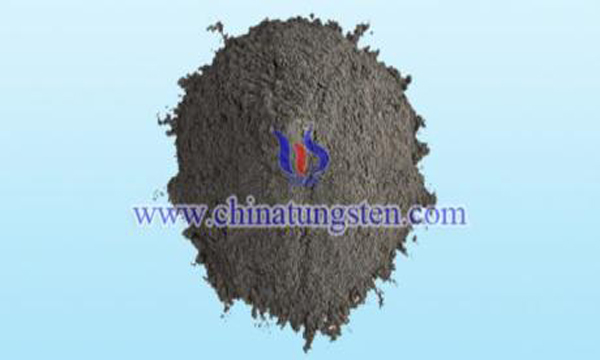
Hard metal is regarded as a kind of composite material, in which WC phase is used as hardness carrier. The brittleness of pure WC related to high hardness can be compensated by metal binder phases (usually Co, or Fe and Ni and their alloys and optional Cr). When the content of binder is high, the mechanical wear resistance is not enough, but when the content of binder is low, the mechanical strength is not enough.
Read more: Coarse Single Crystal Tungsten Carbide Preparation





 sales@chinatungsten.com
sales@chinatungsten.com